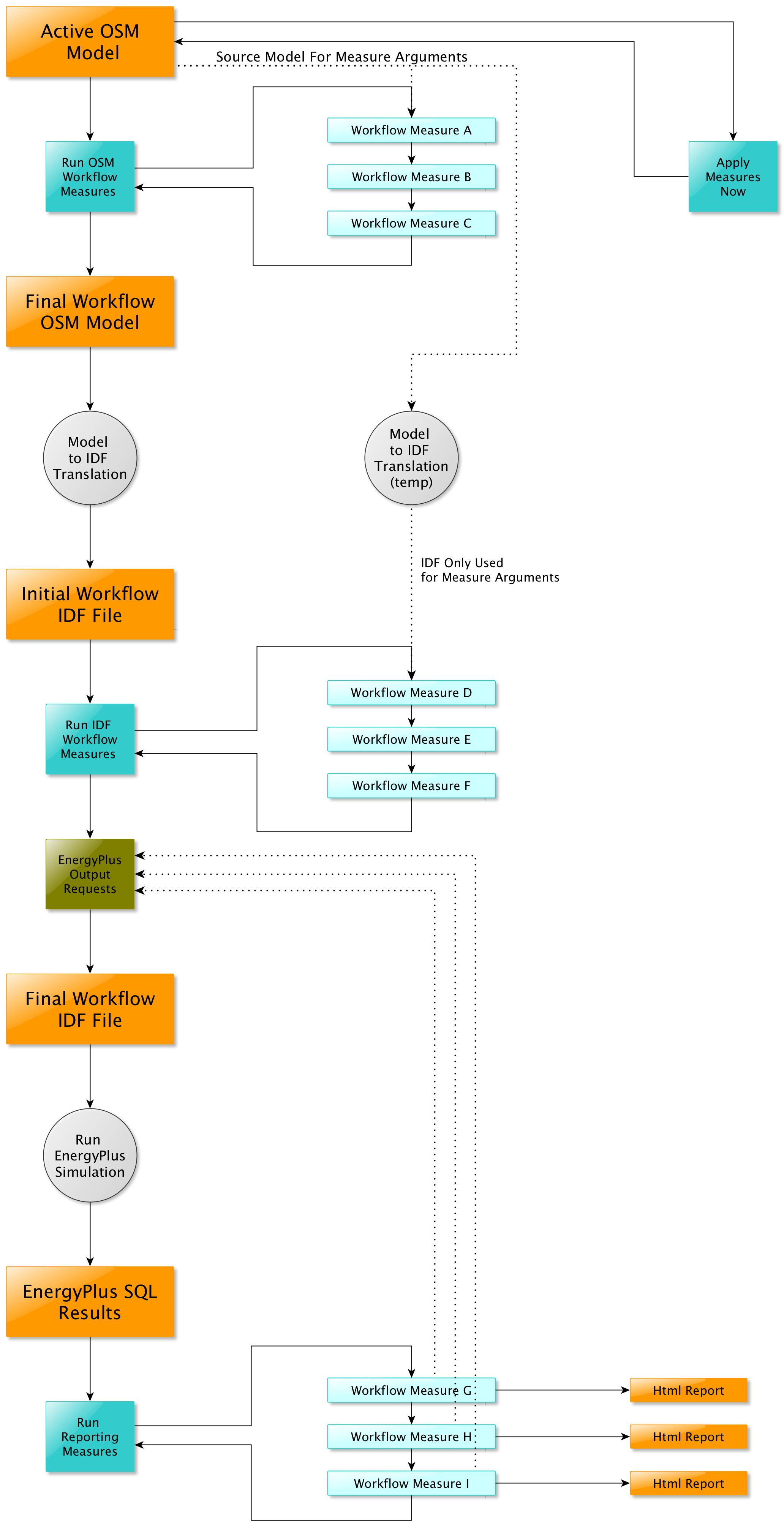How to model air stratification in an industrial hall?
Hi everyone, I'm new with OpenStudio and EnergyPlus. I'm trying to do an energy simulation of an industrial hall. The height of this building is 7m so the air stratification is really important. Do you know how to deal with it? I've tried to write an energyPlus measure with the RoomAir:TemperaturePattern:ConstantGradient. Here is my code : Thank you very much for your help
class ChangeTheRoomType < OpenStudio::Ruleset::ModelUserScript
def name
return "Taking stratification into account"
end
def description
return "Change the room type in order to model air stratification with a certain temperature gradient"
end
# arguments description
def argments(model)
ThermOffset = OpenStudio::Ruleset::OSArgument::makeDoubleArgument('ThermOffset',true)
ThermOffset.setDisplayName('Thermostat Offset')
ThermOffset.setDefaultValue(0.0)
args<<ThermOffset
ReturnAirOffset = OpenStudio::Ruleset::OSArgument::makeDoubleArgument('ReturnAirOffset',true)
ReturnAirOffset.setDisplayName('Return Air Offset')
ReturnAirOffset.setDefaultValue(0.0)
args<<ReturnAirOffset
ExhaustAirOffset = OpenStudio::Ruleset::OSArgument::makeDoubleArgument('ExhaustAirOffset',true)
ExhaustAirOffset.setDisplayName('Exhaust Air Offset')
ExhaustAirOffset.setDefaultValue(0.0)
args<<ExhaustAirOffset
return args
end
#When the measure is run
def run(model,runner,user_arguments)
super(model, runner, user_arguments)
# errors management
if not runner.validateUserArguments(argumentents(model),user_arguments)
return false
end
#assign to variables
ThermOffset=runner.getDoubleArgumentValue("ThermOffset", user_arguments)
ReturnAirOffset=runner.getDoubleArgumentValue("ReturnAirOffset",user_arguments)
ExhaustAirOffset=runner.getDoubleArgumentValue("ExhaustAirOffset",user_arguments)
#Instruction in EP
Instruction=[]
#this instruction doesnt use the arguments, it s a test
Instruction = "
RoomAir:TemperaturePattern:ConstantGradient,
StratProduction, !- Name
1, !- Control Integer for Pattern Control Schedule Name
0.0, !- Thermostat Offset {deltaC}
0.0, !- Return Air Offset {deltaC}
1.5, !- Exhaust Air Offset {deltaC}
0.5; !- Temperature Gradient {K/m}"
return true
end
ChangeTheRoomType.new.registerWithApplication






